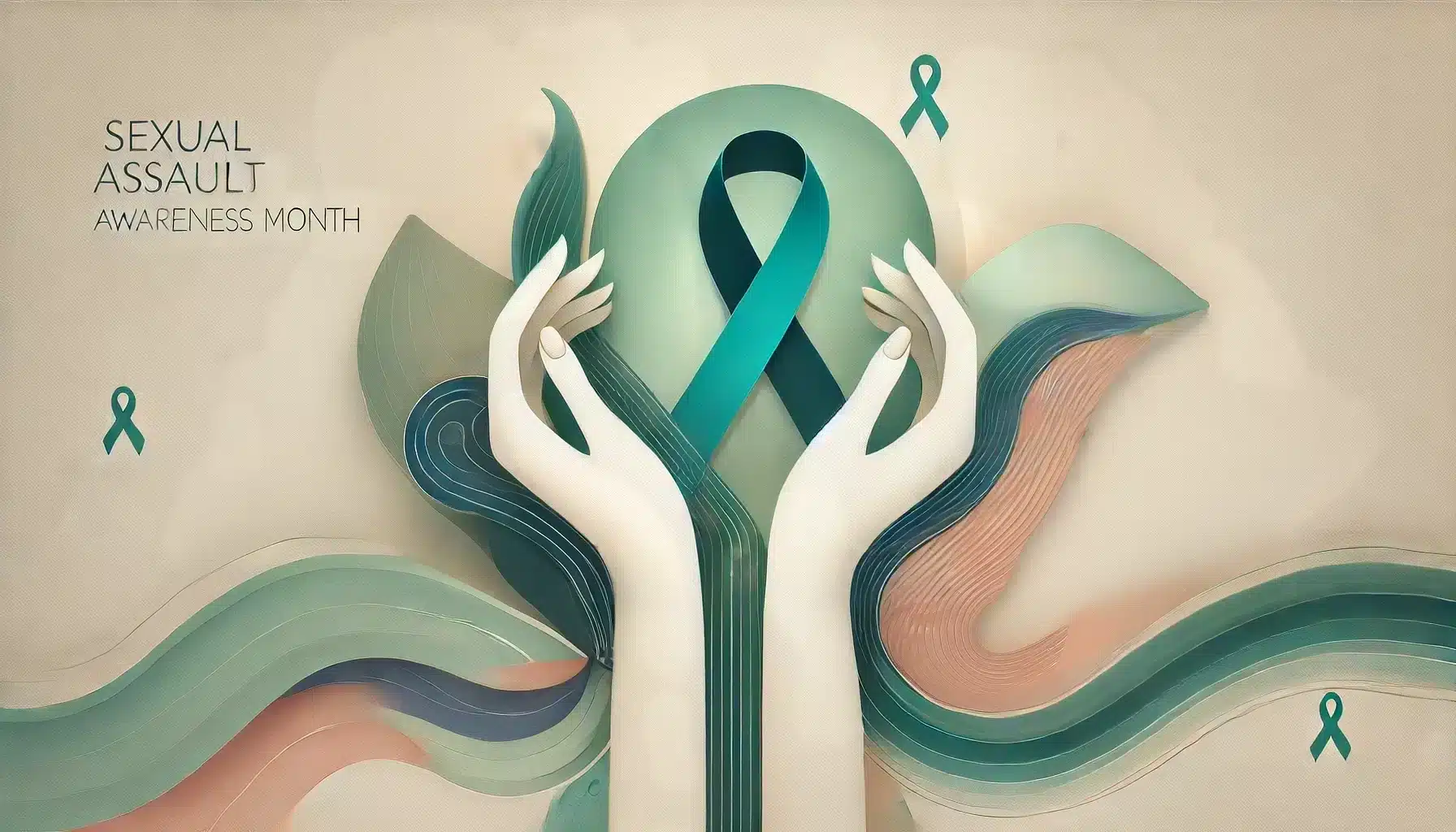What is Sexual Assault Awareness Month?
Sexual Assault Awareness Month (SAAM) is observed every April to raise awareness about sexual violence, support survivors, and educate communities on prevention strategies. This month-long campaign highlights the prevalence of sexual assault, encourages open discussions, and promotes consent and bystander intervention as key tools in preventing sexual violence.
History and Origin
The origins of SAAM trace back to the 1970s when advocates began organizing “Take Back the Night” marches to protest sexual violence. Over the following decades, the movement expanded, with more organizations pushing for awareness and prevention. In 2001, the National Sexual Violence Resource Center (NSVRC) officially coordinated the first nationally recognized SAAM, solidifying April as a month dedicated to sexual assault awareness and advocacy.
Who Participates in Sexual Assault Awareness Month?
- Government Agencies: Implement policies and programs to support survivors and prevent sexual violence.
- Educational Institutions: Host workshops, awareness campaigns, and training sessions on consent and bystander intervention.
- Non-Profit Organizations: Provide resources, support services, and advocacy for survivors.
- Businesses and Corporations: Promote awareness through internal events, employee training, and fundraising efforts.
- Individuals: Participate in events, share information, and support survivors in their communities.
Slogans and Themes
Sexual Assault Awareness Month focuses on prevention, education, and survivor support. Common slogans include “Embrace Your Voice,” “I Ask for Consent,” “Start by Believing,” “Together We Can End Sexual Violence,” and “Consent is Key.” Each year, different organizations select themes to address specific aspects of sexual assault awareness, such as workplace harassment, campus safety, and online abuse prevention.
Colors, Symbols, and Patterns
Colors
- Teal: The official color of sexual assault awareness and prevention.
- Purple: Represents support for survivors and violence prevention.
- White: Symbolizes hope and the fight for justice.
Symbols
- Teal Ribbon: Worn to show solidarity with survivors and raise awareness.
- Clothesline Project: Displays T-shirts created by survivors, symbolizing their stories and resilience.
- Denim Day: A global movement where people wear denim to protest victim-blaming and support survivors.
Patterns
- Teal Awareness Ribbons: Incorporated into campaigns to signify sexual violence prevention.
- Empowerment Words: Featuring terms like “strength,” “healing,” and “survivor” to promote resilience.
- Abstract Art: Used in awareness materials to represent healing and empowerment.
How to Observe Sexual Assault Awareness Month
- Educate Yourself and Others: Learn about consent, bystander intervention, and how to support survivors.
- Participate in Events: Join workshops, community discussions, and fundraising initiatives.
- Wear Teal: Show support for survivors by wearing teal ribbons or clothing.
- Support Survivors: Believe, listen to, and provide resources to those affected by sexual violence.
- Advocate for Policy Change: Support legislation that enhances survivor protections and prevents sexual violence.
Most Used Hashtags
- #SAAM
- #SexualAssaultAwarenessMonth
- #BelieveSurvivors
- #EndSexualViolence
- #ConsentIsKey
Why is Sexual Assault Awareness Month Important?
Sexual Assault Awareness Month plays a critical role in highlighting the impact of sexual violence and the need for widespread prevention efforts. It creates a space for survivors to share their stories, educates the public on the importance of consent and intervention, and pushes for systemic change. By raising awareness, SAAM fosters a culture where sexual violence is not tolerated, and survivors receive the support and justice they deserve.
Features
Contact Info
April: Sexual Assault Awareness Month
Why do you keep falling for the same type?
Read the article Lovemaps: the hidden blueprint of our love.

